The site is located in the town of Pantabangan, Nueva Ecija province, northern Philippines. The drought in the past few months has caused the water level in the dam's reservoir to drop sharply, exposing the ruins of this several-hundred-year-old settlement. Actual temperatures in Nueva Ecija province have reached around 37 degrees Celsius most days of the week, with the heat index above the danger threshold of 42 degrees Celsius. According to data from the national weather forecasting agency, the water level in the reservoir has dropped nearly 50 meters from the normal recorded level of 221 meters.
According to monitoring engineers from the Philippine National Irrigation Commission, the remains of the ancient church structures and tombstones began to reappear in March, after months of almost no rain. This is the sixth time the nearly 300-year-old site has reappeared since the local government built the town’s namesake reservoir and dam, both to provide water for farming and to generate hydroelectric power.
This phenomenon has attracted the attention and curiosity of many domestic and foreign tourists, despite the extremely hot weather conditions. Many long-time residents of Pantabangan town often come to see the ancient ruins every time they are "exposed". Those who are passionate about exploring ancient ruins can pay about 300 pesos (5 USD) to local fishermen to take a boat out to the middle of the lake to see it up close.
Typically, the months of March, April and May are the hottest and driest in the Philippines. However, this year's weather conditions have been exacerbated by the El Nino phenomenon. About half of the Southeast Asian country's provinces, including Nueva Ecija, have been hit by drought.
The weather conditions have also hampered agriculture and hydropower production. Two hydropower plants near the Pantabangan Dam have been shut down since early April, about a month earlier than in previous years’ drought seasons. Many rice farmers in the area have also switched to growing vegetables and other crops that do not require much irrigation.
Source


![[Photo] Prime Minister Pham Minh Chinh chairs the national online conference on combating smuggling, production and trade of counterfeit goods.](https://vphoto.vietnam.vn/thumb/1200x675/vietnam/resource/IMAGE/2025/6/23/4a682a11bb5c47d5ba84d8c5037df029)




![[Photo] Prime Minister Pham Minh Chinh holds meeting to launch exhibition of national achievements to celebrate 80th National Day](https://vphoto.vietnam.vn/thumb/1200x675/vietnam/resource/IMAGE/2025/6/23/0c0c37481bc64a9ab31b887dcff81e40)


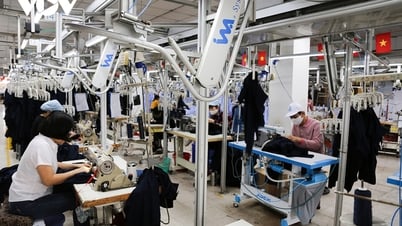



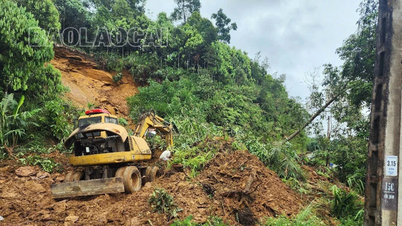





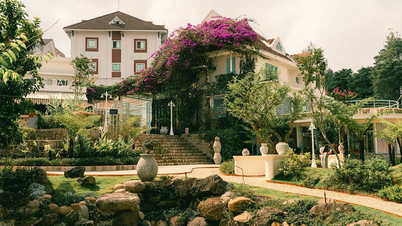

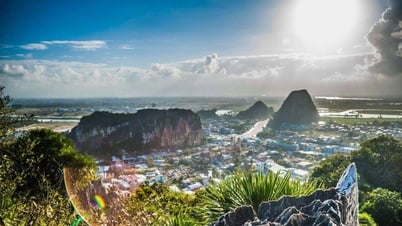

![[Photo] Party Congress of the Central Internal Affairs Commission for the 2025-2030 term](https://vphoto.vietnam.vn/thumb/1200x675/vietnam/resource/IMAGE/2025/6/23/5bf03821e6dd461d9ba2fd0c9a08037b)






























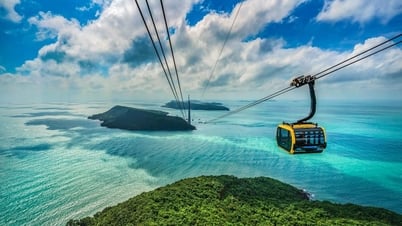











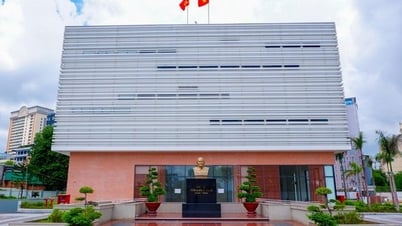

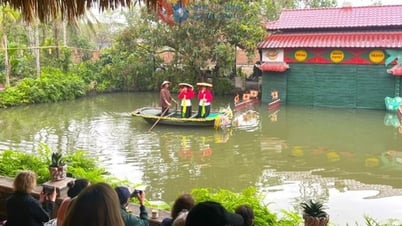

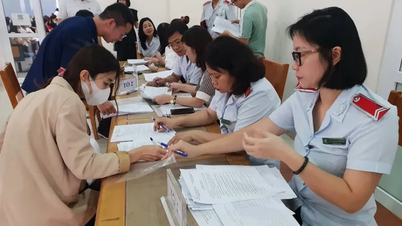
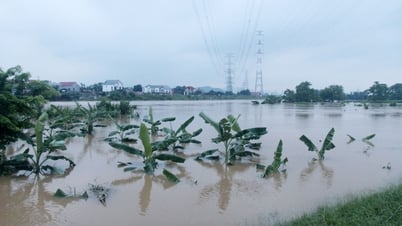


















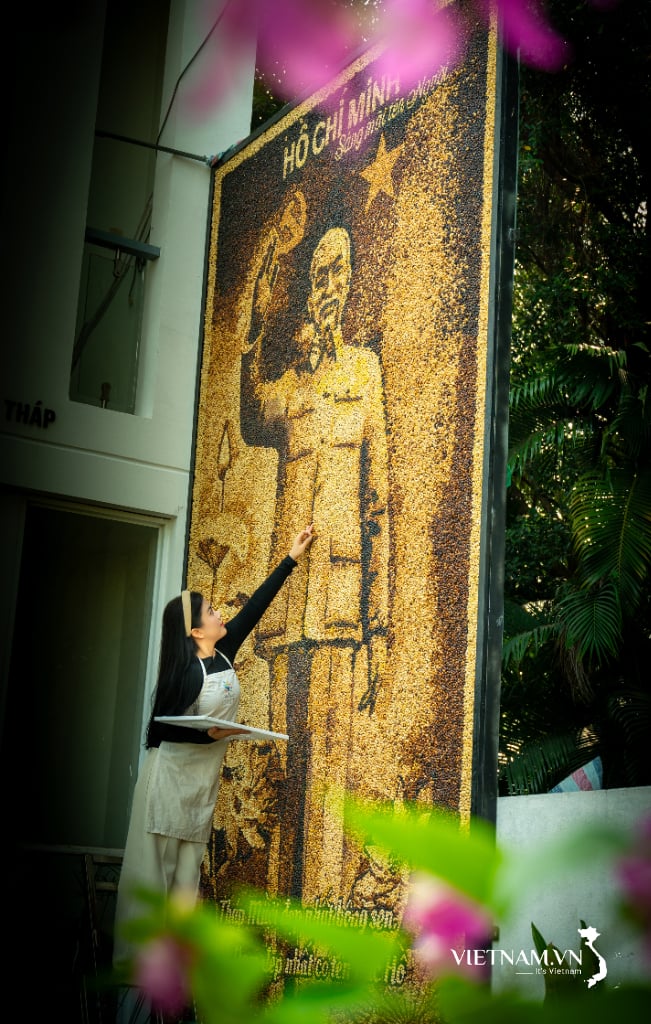

Comment (0)